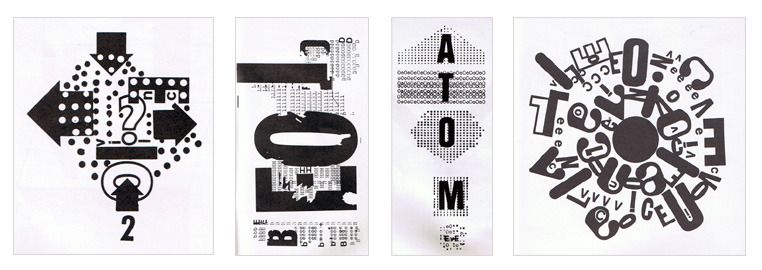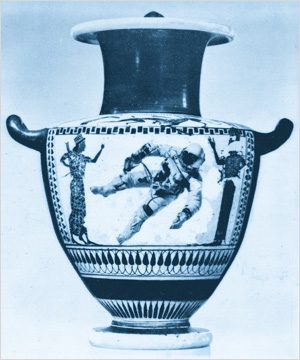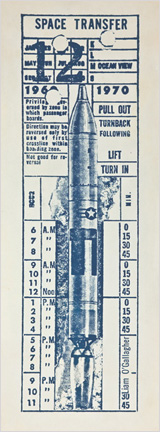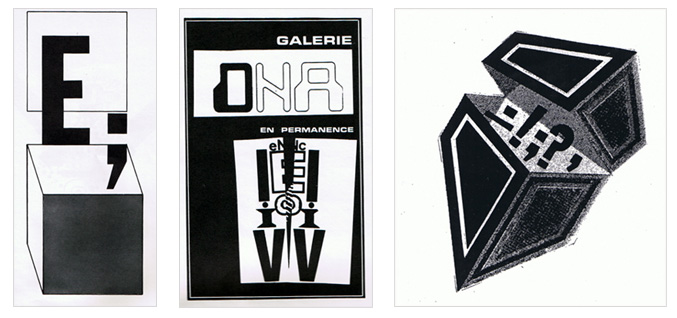
Illustrations from Planet Noise, published 1969
“When I first met Liam in 1969, he was already an artist of the 21st century,” recalls Hammond Guthrie. “His work was intended to cause the viewer to speak a language that wasn’t yet in usage and was purposely obtuse. I wanted to be a writer, but at that age, who could be a writer? I was being introduced to people like Lawrence Ferlingetti and I knew I had a lot to learn.”
Hammond was reading Dada poetry, experimenting with what was then called concrete poetry, and thinking in terms of the shape of letters as a means of communication. Having created several works, he came across Liam’s Ah-Choo, which was similar to what he was trying to do. He learned that Liam was living in San Francisco, looked him up in the phone book, and called.

Space Amphora, blueprint
“Liam invited me over and was so gracious, warm, and giving,” Hammond says. “He is one of the most elegant people I’ve ever known – both ethereal and down-to-earth. He showed me his work and we discussed exploring scale through taking the work into the realm of blueprints. There was a blueprinter in the mission district who had all these old machines and it was very cheap, so we paid him a visit.”
 |
For decades, the cyanotype blueprint was the only low-cost process available for copying drawings and was used in various industries, including shipbuilding, and the manufacturing of railway locomotives and rolling stock. In the early 1940s, these blueprints began to be supplanted by diazo prints, referred to as “bluelines” since they featured blue lines on a white background. The diazo printing system utilizes ultraviolet radiation and an optical system with lenses that are transparent to ultraviolet radiation. Although diazo prints remain in use in some applications, they were largely replaced by xerographic printing and most recently by digital processes.
Liam and Hammond began having their works blown up to the size of posters, as was the case with Liam’s Astronaut on Greek Vase, which was originally created as a small-scale collage. When the two learned that the shop had a separate machine that could print on canvas (canvas that could be mounted on museum board), they explored this approach as well. Painting seemed passé in a world of technologies that could be explored for new purposes, and the possibilities were endless.
[left] Liam O'Gallagher, Space Transfer
1979, blueprint |

Illustrations from The Blue Planet Notebooks, published 1972
|